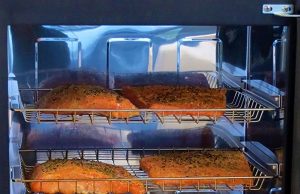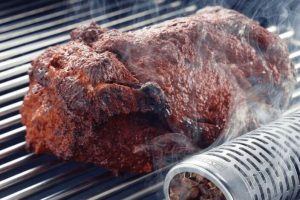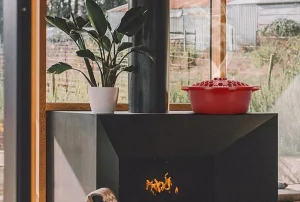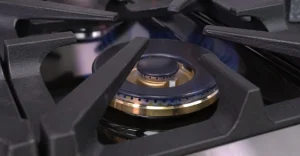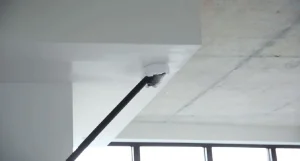Hot Plate Dangers: Can a Hot Plate Cause a Fire
Yes, a hot plate can cause a fire. Although hot plates are designed to be safe, there are several risks associated with their use that can potentially lead to a fire.
Hot plates are a popular alternative to traditional stovetops and are commonly used in dorm rooms, small apartments, and offices. Despite their convenience, there are several risks associated with hot plate usage. For example, if a hot plate is left on for an extended period of time, it can overheat and potentially ignite nearby objects.
Similarly, using a damaged or faulty hot plate can also lead to a fire. Contrary to popular belief, the oxygen in H2O is not available to cause combustion, so simply boiling water on a hot plate is not likely to cause a fire.
However, other factors, such as using a hot plate near flammable materials, can increase the risk of a fire.
To minimize the risk of a fire, it is crucial to take certain safety precautions. For example, always place the hot plate on a flat, stable surface, and keep it away from flammable materials.
Regularly inspect the hot plate for any signs of damage, and never leave it unattended while it is in use.
Hot Plate Dangers: Causes and Solutions
A hot plate is a portable and convenient cooking appliance, but it also poses several dangers that users need to be aware of. While it is designed to be safe for use, there are common hazards associated with its operation, which can lead to accidents if not properly managed. Below are some of the common dangers associated with hot plates and steps to take against them.
Overheating
One of the most common dangers associated with hot plates is overheating. If a hot plate is left on for too long, it can overheat, causing the surface to become extremely hot. This can potentially lead to burns if touched, and can also cause nearby objects or surfaces to catch fire.
To prevent this, always set a timer when using the hot plate and never leave it unattended. Also, make sure to place the hot plate on a heat-resistant surface and keep it away from flammable materials.
Electrical Hazards
Hot plates are powered by electricity and therefore pose a risk of electrical shock or electrocution if not used properly. Damaged cords or plugs, using the hot plate near water, or using a hot plate with wet hands can all increase the risk of electrical shock.
To minimize this risk, always inspect the hot plate for any signs of damage before use, and never use it near water or with wet hands. Also, make sure to unplug the hot plate when not in use.
Incorrect Usage
Using the hot plate for purposes other than cooking, or using it in a way that is not recommended by the manufacturer, can also pose a risk. For example, using a hot plate to heat non-food items, or placing objects on the hot plate that are not intended to be heated, can lead to accidents.
To avoid this, always follow the manufacturer’s instructions for use and never use the hot plate for anything other than its intended purpose.
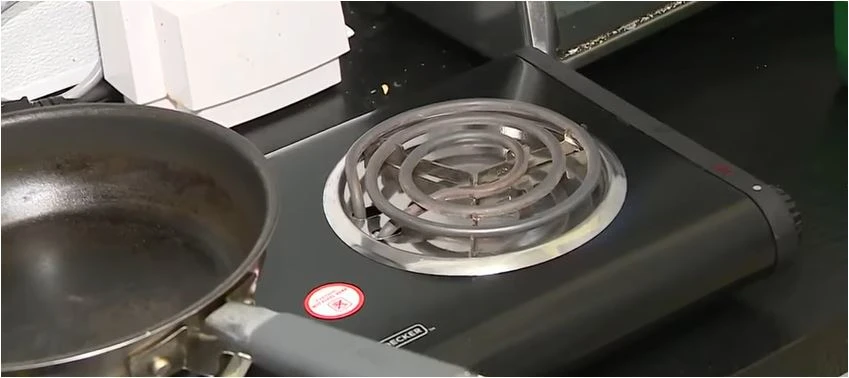
Identifying a Defective Hot Plate
A malfunctioning hot plate is a significant safety hazard, posing risks of fire or electric shock. Being aware of the signs of a malfunctioning hot plate is essential for maintaining safety and preventing accidents.
One typical indicator of a defective hot plate is uneven heating. If the hot plate fails to heat correctly or overheats rapidly, it could signify an issue with its heating element. A hot plate that does not properly turn on or off, sparks, or produces unusual sounds during operation may also be defective.
Other indicators of a defective hot plate include a frayed or damaged cord, a loose plug, or visible signs of damage such as cracks or discoloration.
If any of these signs are observed, it is advisable to immediately cease using the hot plate and have it inspected by a professional or replaced.
Precautionary Measures for Hot Plate Use
1. Always position the hot plate on a flat, stable, and heat-resistant surface to prevent tipping over or damaging the underlying surface.
2. Keep combustible materials, such as paper towels or dishcloths, away from the hot plate to minimize the risk of fire.
3. Ensure the hot plate is clean and free of food debris, as accumulated residue can pose a fire hazard.
4. Never leave the hot plate unattended while it is in operation, and always unplug it when not in use.
5. Regularly inspect the hot plate for any signs of damage, such as a frayed cord or a loose plug, and have it repaired or replaced if necessary.
